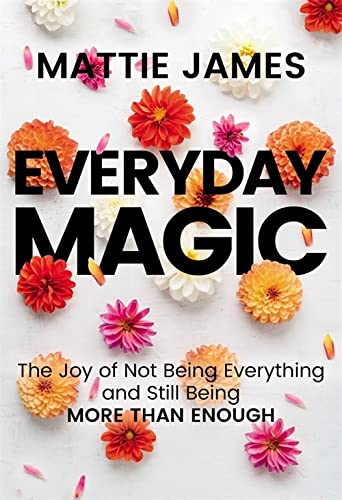
The first week my kids are on summer break, I’m so happy to sleep in. My usual wake-up time of 6a had now turns into 7:10a. 7:30a. Some times, I even sleep until 8a.
I don’t have to make school lunches.
I don’t have to worry about pick up.
I don’t have to check to see what random school activity was happening that day.
It feels like freedom.
Until it doesn’t.
Listen on: Apple Podcasts | Spotify
That second/third week of summer break, my kids suddenly realize:
- they need to eat every 15 minutes
- they’re bored and want to go somewhere
- they spend copious amounts of time on their screens if I don’t set boundaries
Now, I imagine your kids are like mine. They want their summer break to be fun and full of activities.
And you want to rest after the relentless routine that is the school year. (Same, friend. SAME.)
So what do you do when your kids are at home for the summer?
You make a summer schedule.
The MAGIC of a summer schedule is that it allows you to get what you need to get done and what the kids want to get done.
As you know, the Everyday MAGIC framework is about making your day meaningful, aesthetically pleasing, goal-oriented, intentional and consistent.
However, MAGIC in the summer stands for:
- Meals
- Activities
- Gear
- Ideas
- Calendar
That’s what we discuss in this week’s episode of the Everyday MAGIC podcast.
Oftentimes, you don’t make a deliberate schedule for summer break because you’ve been told it should be “relaxed.” But relaxed doesn’t have to been undisciplined.
You can still enjoy your summer with structure.
For this episode, I created the MAGIC Summer Schedule Guide. The guide includes over 50+ meals, activities, gear, ideas and calendar templates.
You get the guide free when you join my private community, And More. (Start your 7-day trial free here.)
By the end of this episode, you’ll know what think of when you’re creating your MAGIC summer schedule for your kids at home. You can watch the episode below (be sure to subscribe on YouTube.)





